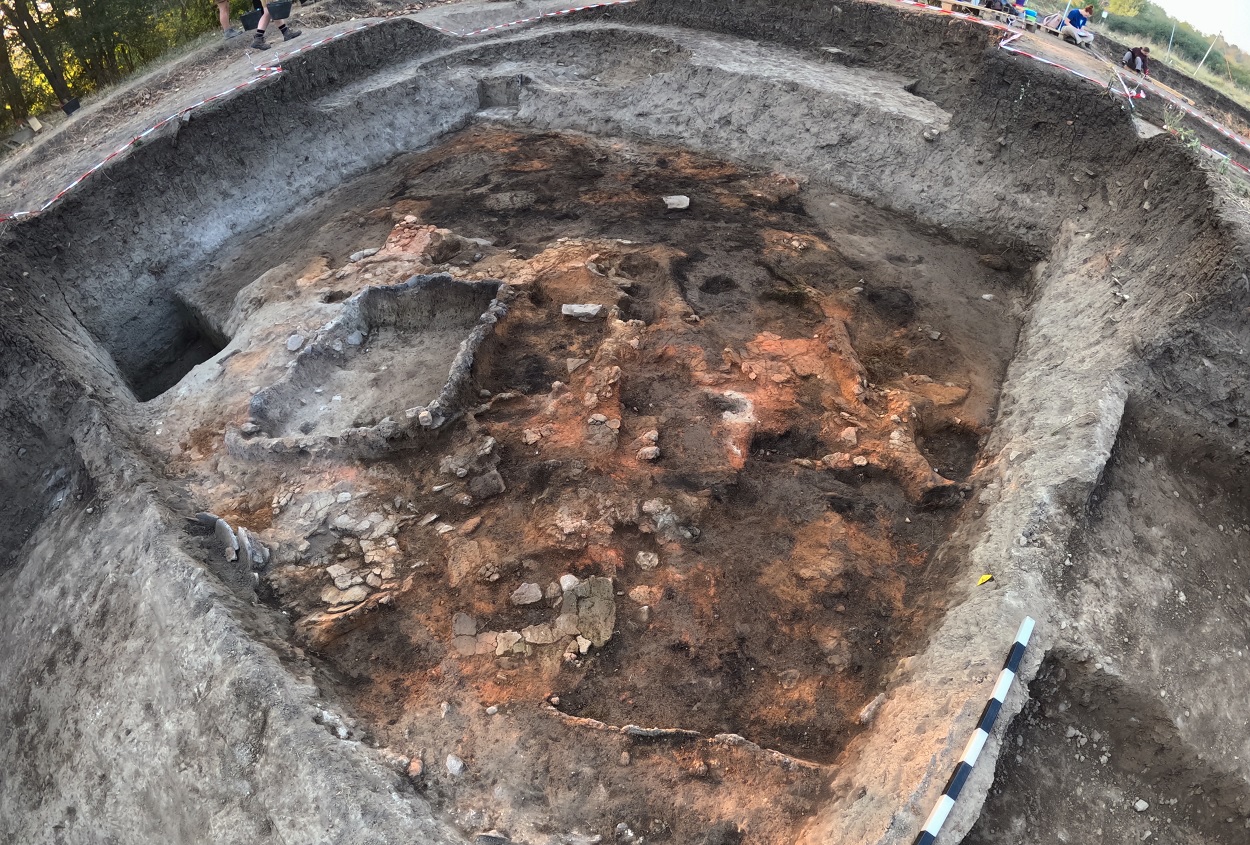A team of archaeologists, led by the Austrian Academy of Sciences (ÖAW), have discovered the remains of a rectangular dwelling that was constructed approximately 8,000 years ago in Svinjarička Čuka, Serbia.
Archaeological evidence indicates that the site is associated with the Starčevo culture (6200 and 4500 BC), a people of Southeastern Europe that forms part of the wider Starčevo–Körös–Criş culture – giving rise to the central European Linear Pottery culture.
The structure was built using wickerwork reinforced with wooden posts, indicated by partially collapsed architectural elements that have been preserved through burning.
Excavations also found tools and scattered vessels, as well as designated areas within the structure for storing food such as grain and seeds.
According to the researchers, the discovery is providing new insights into the early origins of European settlement and the spread of Neolithic agricultural innovations in the Balkans.

“The discoveries at Svinjarička Čuka provide groundbreaking insights that challenge previous models on settlement development in the Balkans,” explains Barbara Horejs, an archaeologist and scientific director of the Austrian Archaeological Institute at the ÖAW.
Evidence at the site refutes earlier theories that assumed Europe’s early settlers were nomadic or only seasonally sedentary, based on the widespread presence of pits interpreted as remnants of light shelters.
“Instead of nomadic or seasonally settled groups, the Neolithic pioneers in the Balkans appear to have constructed stable houses with provisions for storage and grain supplies,” added Horejs.
The research at Svinjarička Čuka is funded by the Austrian Science Fund FWF and additionally supported by the ÖAW, the Agency for Education and Internationalization OeAD, and the Federal Ministry for European and International Affairs.
Header Image Credit : F. Ostmann/ÖAI/ÖAW
Sources : OEAW





